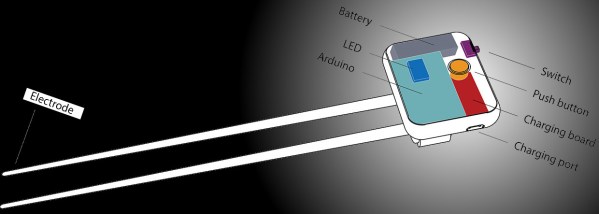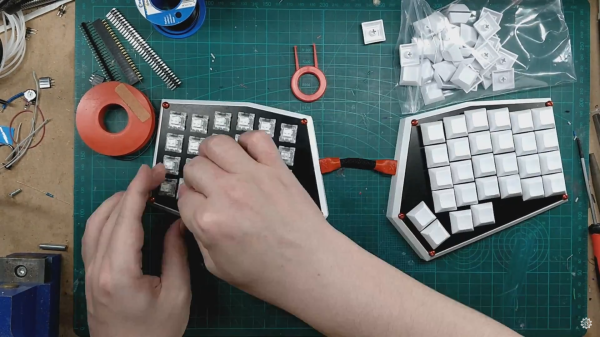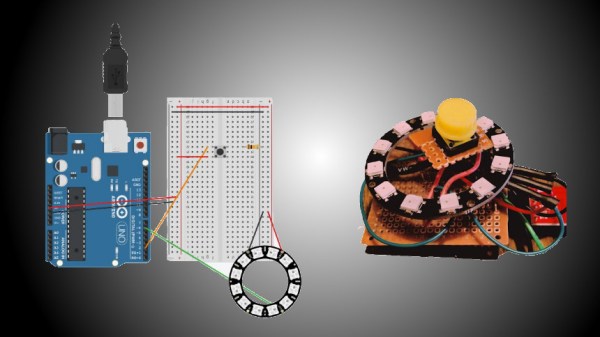You step out of the audience onto a stage, and a hypnotist hands you a potato chip. The chip is salty and crunchy and you are convinced the chip is genuine. Now, replace the ordinary potato chip with a low-sodium version and replace the hypnotist with an Arduino. [Nimesha Ranasinghe] at the University of Maine’s Multisensory Interactive Media Lab wants to trick people into eating food with less salt by telling our tongues that we taste more salt than the recipe calls for with the help of electrical pulses controlled by everyone’s (least) favorite microcontroller.
Eating Cheetos with chopsticks is a famous lifehack but eating unsalted popcorn could join the list if these chopsticks take hold and people want to reduce their blood pressure. Salt is a flavor enhancer, so in a way, this approach can supplement any savory dish.
Smelling is another popular machine hack in the kitchen, and naturally, touch is popular beyond phone screens. You have probably heard some good audio hacks here, and we are always seeing fascination stuff with video.
















